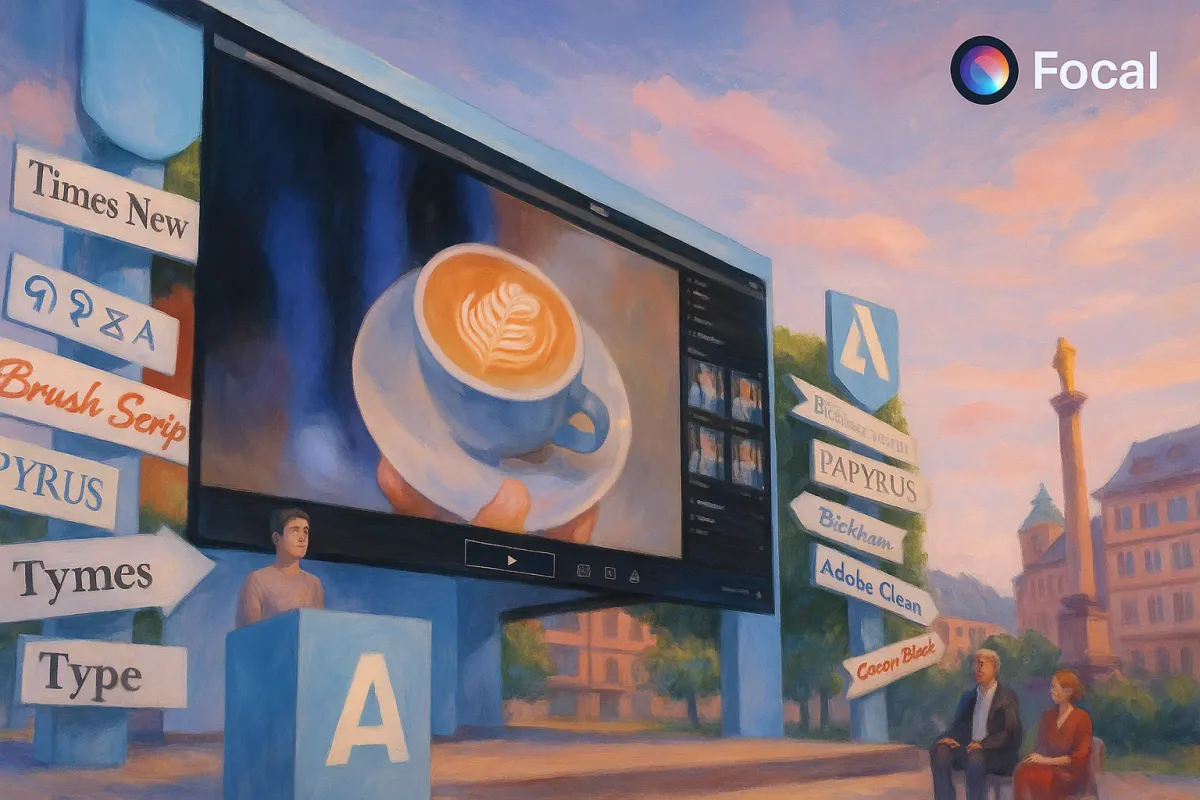Inside Adobe’s Generative Video Editing Model: Bridging Auto & Manual Edits

Video editing no longer divides itself between human skill and machine automation. With generative video technology, the line has dissolved into a shared creative zone. These new systems do not aim to replace editors. They quietly assist, interpret, and anticipate. The result is faster workflows with space for more emotion and narrative quality.
Blending Creative Intent with Machine Precision
Generative editing models have begun to understand rhythm and emotional flow instead of cutting by mathematical rules. They identify tone, pace, and story continuity, producing draft sequences that feel intentionally arranged before an editor begins refining them.
Practical uses include:
- Balancing shot composition across multiple angles
- Suggesting transitions that match soundtrack energy
- Detecting dialogue beats and syncing visual changes
Editors gain a smarter starting point that still reflects their own creative rhythm.
The Workload That AI Quietly Handles
The invisible part of editing is where AI delivers the most relief. It removes technical distractions that steal focus from storytelling.
| Tedious Task | Manual Effort | Generative Output |
|---|---|---|
| Matching lighting between takes | Repeated color adjustments | Scene-wide consistency with mood-based color balance |
| Syncing camera feeds | Manual alignment frame by frame | Automatic synchronization by motion and sound markers |
| Audio cleanup | Layered EQ and filtering | Adaptive noise reduction with tonal preservation |
| Spotting continuity errors | Long keyframe review | AI-flagged points of mismatch |
Each automated fix saves minutes that add up to entire workdays across large projects.
Guiding Instead of Correcting
Editors traditionally fix what is broken. Generative editing changes that habit. It allows creators to guide the machine and set intent before any mistakes appear.
A typical hybrid workflow:
- AI Draft Assembly – The system builds a timeline from scripts or transcripts.
- Human Fine Tuning – The editor adjusts pacing, tone, and emotion.
- Adaptive Learning – Each manual edit refines the model’s understanding of that editor’s preferences.
This workflow feels conversational rather than mechanical.
Keeping the Human Feel in Automated Cuts
Polished perfection can look lifeless. Modern generative systems now understand that some imperfections are intentional and expressive. They aim to preserve the character of footage while correcting technical issues.
Examples of tasteful imperfection:
- Light handheld shake to convey realism
- Subtle color warmth in dialogue scenes
- Film grain texture to maintain continuity
Instead of flattening personality, the AI learns to protect it.
Shared Storytelling Between Human and Machine
Editing is turning into a partnership. Human intuition meets algorithmic pattern recognition to explore new narrative options.
Creative applications now include:
- Testing different pacing structures for emotional contrast
- Generating alternate edits for platform-specific formats
- Suggesting new narrative cuts based on engagement data
These options extend creative experimentation without adding production time.
Building Teams Around Hybrid Editing
Production teams have started to organize around this new editing model. The process blends human roles with AI-based draft creation.
Typical structure:
- AI Draft Stage – Generative system produces an initial version for review
- Editor Review Stage – Creative professionals refine timing and meaning
- Feedback Loop Stage – System improves based on revision feedback
This framework reduces repetitive editing tasks while increasing creative throughput.
Bring Your Own Cut to Life with Generative Power
The next time you edit, imagine skipping the parts that drain your focus and jumping straight into the storytelling moments. That is exactly what this new wave of generative video editing makes possible. It does not steal your voice, it sharpens it. You can experiment faster, see what your scenes feel like in different moods, and still have full control when it matters. These models are built to think with you, not for you, so the process feels smoother instead of scripted.
If you want to see how this kind of editing feels in action, try it inside Focal. It already connects you with several AI models working side by side to make production easier and more creative. You just upload your clips, set your direction, and let the system help you find your best version.
Frequently Asked Questions
What is generative video editing?
Generative video editing is a new form of video creation that combines human creativity with AI automation. Instead of replacing editors, AI tools like Focal and Adobe’s models help analyze rhythm, tone, and emotional flow to build intelligent draft sequences that editors can refine faster.
Does generative editing affect creativity?
Generative editing enhances creativity instead of limiting it. By removing repetitive work, editors have more time to experiment with pacing, color, and emotional tone. AI tools like Focal act as creative partners that expand possibilities rather than control them.
How do AI tools maintain a human touch in editing?
AI tools maintain a human touch by learning from editors’ past choices and preserving intentional imperfections like natural camera movement or warm tones. These systems are trained to recognize when an effect adds realism and emotion rather than removing it.
How do hybrid editing workflows work?
In a hybrid editing workflow, AI builds an initial cut based on scripts or transcripts, and human editors refine tone, emotion, and pacing. Each human adjustment helps the AI learn that editor’s style, creating a more personalized and efficient partnership.
What are the benefits of using AI-powered video editors like Focal?
AI-powered video editors like Focal offer faster editing, adaptive learning based on user preferences, and easy collaboration between human and machine. They make it simple to upload clips, set creative direction, and let the AI help find the best version of your story.
